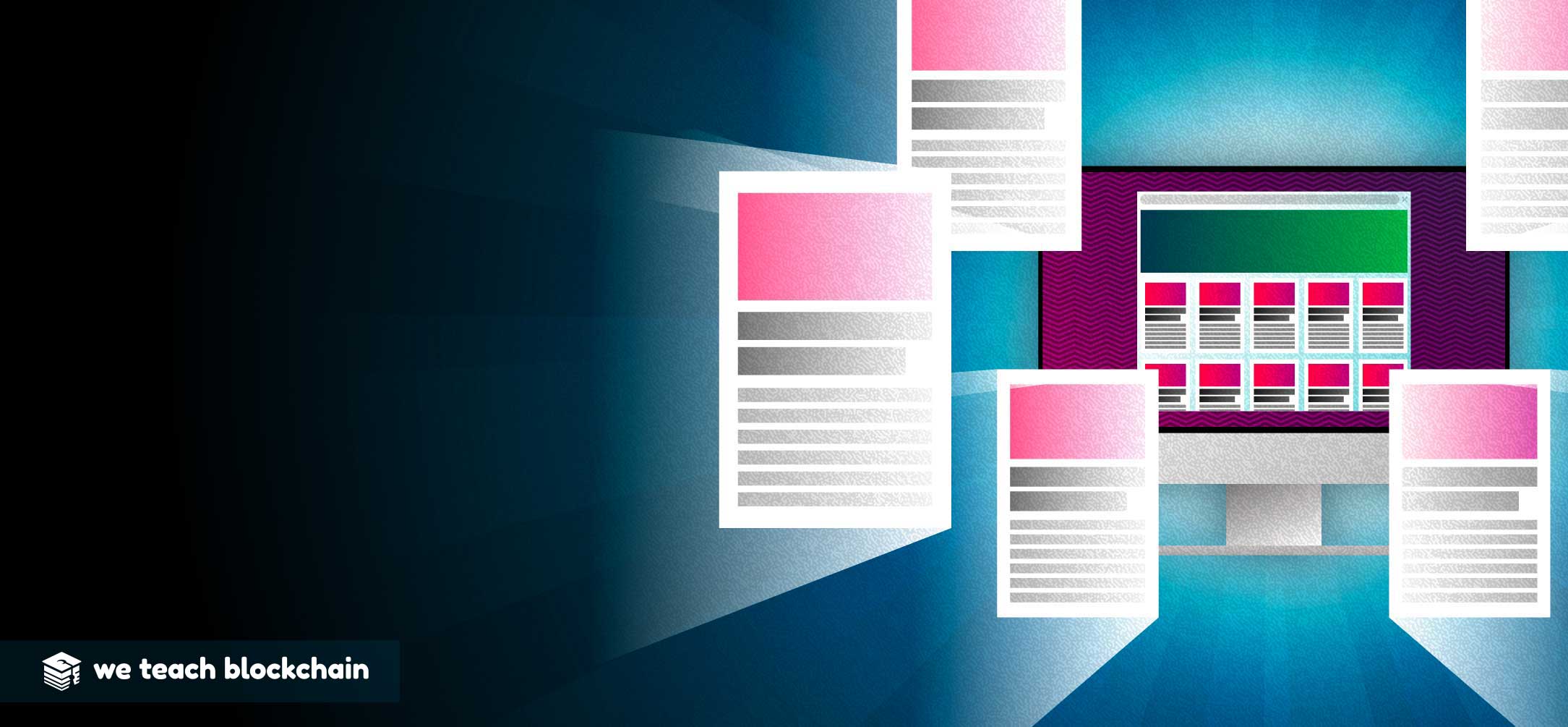Currently, the only token using IPFS is Filecoin, which promotes a unique Proof of Spacetime and Replication algorithm. While Filecoin is still in development, it has the potential to lead a revolution in the way that we share value and exchange information online. The graphic below depicts how a token can be used as an incentive mechanism in a storage network.

FILECOIN: LIFECYCLE OF A FILE
A: Client; B: Miner; C: The Filecoin Blockchainz; D: Bids and asks are matched on the Storage Market, and secured on the blockchain; E: Proof of Replication; F: Proof of Replication & Allocation Table Hash; G: The Retrieval Market continuously optimize for maximum delivery speed and minimal bandwidth usage across distance, around power outage, overloaded servers, and hostile censorship.The Lifecycle
1:PUT: Clients (a) send information about the file, storage duration, and a small amount of filecoin to the Storage Market as a bid. Simultaneously, Miners (b) submit asks, competing to offer low cost storage. Deals are made in the Storage Market, on the blockchain.;
2: SEND: The Client (a) then sends the file to the Miner (b), and the Miner adds the file to a sector. The sectors are cryptographically sealed, with verification sent to the blockchain.;
3: MANAGE: Miners (b) continuously prove they are storing all sectors they agreed to store. The client’s payment is released in installments. Additional currency is minted over time and awarded to Miners (b) as a block reward, proportional to the storage they provide.;
4: GET: A Client (a) requests a file with some payment in filecoin to the Retrieval Market (off chain); the first Miner (b) to send the file is paid. Eventually, the contract expires and the storage is once again free.




